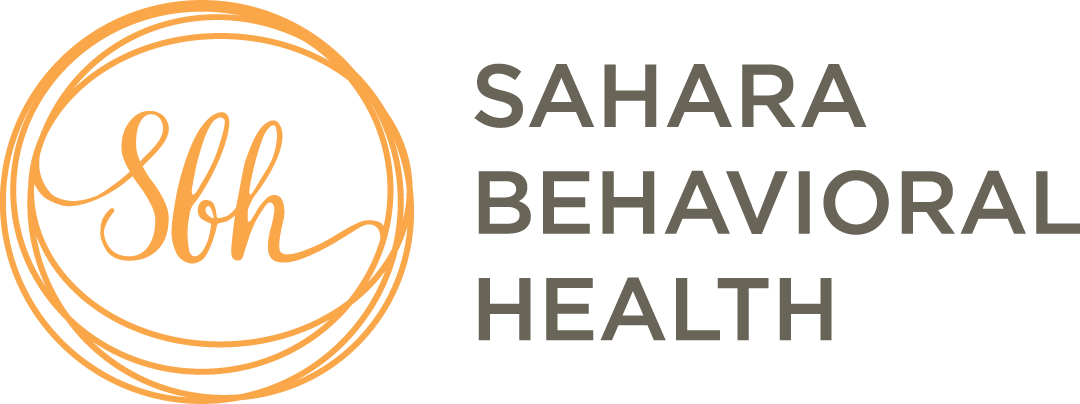Stimulant Addiction
Sahara Behavioral Health is here to help you through a stimulant addiction. The first step of treating an addiction to stimulants is detox. During detox, our physicians manage the physical part of the addiction by getting the stimulants out of the person’s system. Detox typically lasts up to a week, but could last longer depending on the severity of the addiction. Detox will take longer for those who abused stimulants more frequently, in larger doses and over a longer period of time. The type of stimulant used affects how long it takes to detox. People addicted to cocaine tend to have a short detox time compared to those addicted to prescription stimulants such as Adderall. Prescription stimulants are designed to last longer and build up in the body over time, so it takes longer for the body to rid itself of them. Common withdrawal symptoms experienced by people addicted to stimulants include: Mood swings
Mood Swings
Depression
Disturbed sleep
Headaches
Fatigue
Intense cravings
Irritability
Aggression
Restlessness
Studies show potential for certain drugs that may reduce cravings and lead to a successful recovery. Two such drugs that may help are Prozac and Naltrexone.
Prozac
Prescribed for mood disorders like depression and obsessive-compulsive disorder, Prozac has shown some limited potential in reducing cravings.
Naltrexone
Naltrexone is commonly used for the treatment of opioid and alcohol dependencies, but has also showed potential in treating prescription stimulant dependence.
Outpatient treatment can be very useful for patients who have work, school, or family responsibilities that they cannot leave for long periods of time. Outpatient treatment often involves individual and family therapy. Ongoing therapy is used to tackle the psychological part of stimulant addiction. Even after withdrawal symptoms and the physical need for stimulants are reduced or over, the compulsive desire to use stimulants is still there. This makes ongoing treatment a must for those in recovery. Our therapists can help identify what situations trigger the impulse to take stimulants and how to effectively manage these impulses.
We will refer you to support groups also provide help dealing with the psychological side of addiction. These groups typically center on a 12-step program and provide the comfort of knowing that other people are going through the same thing.
TMS
Transcranial Magnetic Stimulation (TMS) has been found to be an effective treatment for stimulant addiction. TMS targets the impulse and reward areas of the brain that are negatively impacted by stimulant use and can work to regulate and restore those areas to proper function. Medications help you cope by reducing withdrawal symptoms and cravings, while counseling helps you develop the skills you need to give up stimulants for good. The more time you spend with a counselor, the better your treatment results will be. TMS can help rewire the neural pathways to decrease symptoms and cravings and reduce the impulse to use. Together with medication, counseling, and treatments like TMS you CAN quit!

